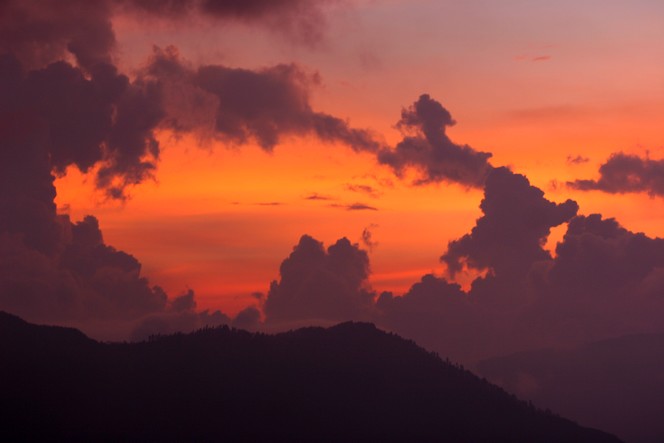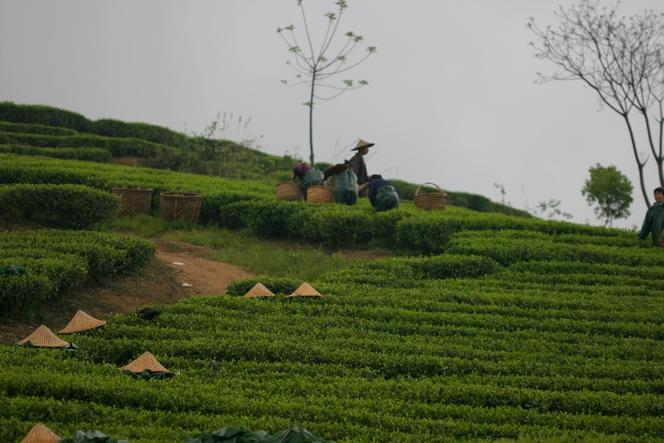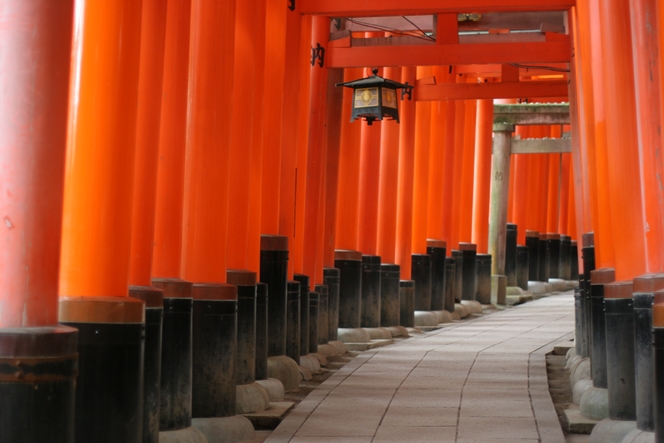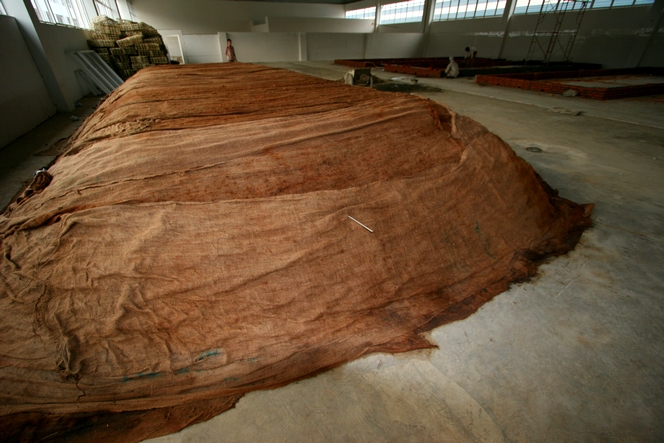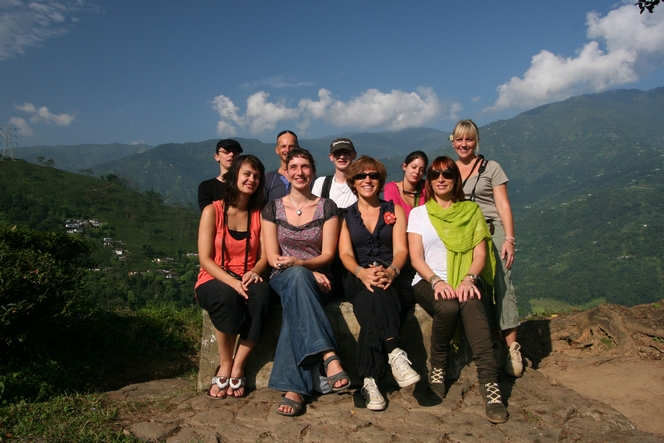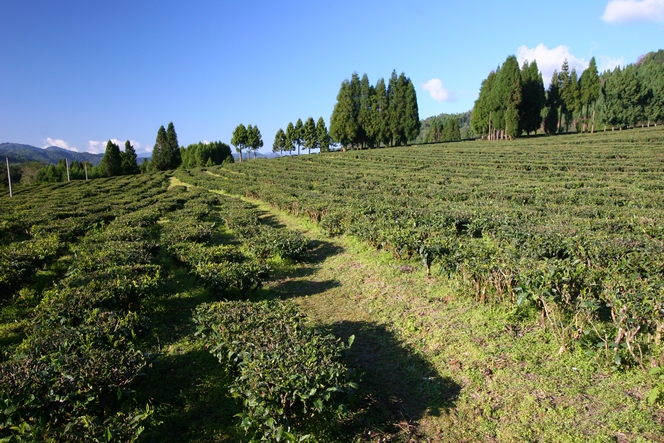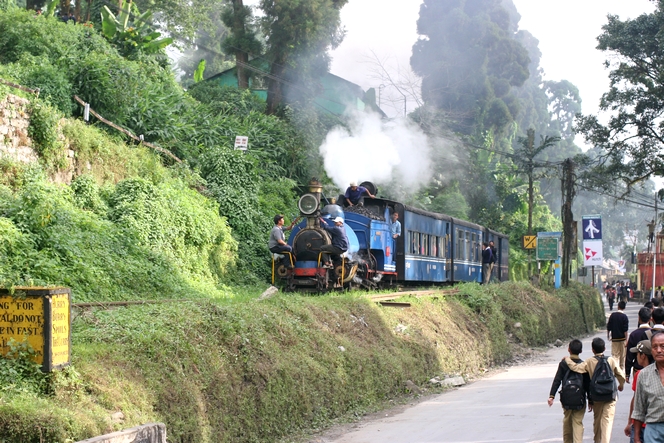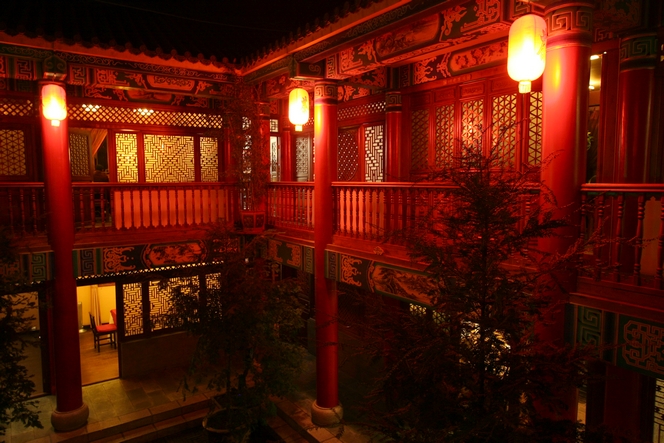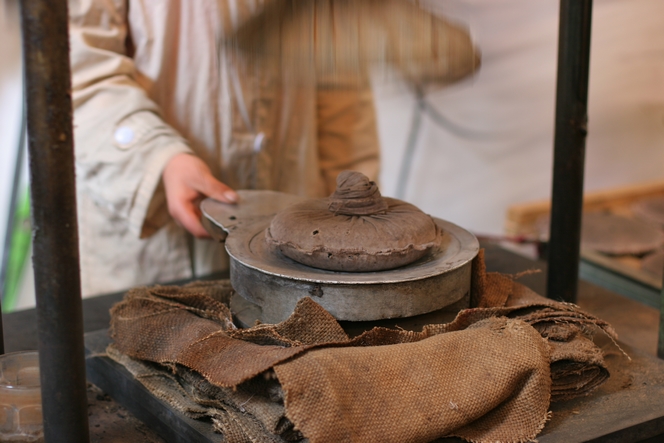The sun sets over Darjeeling. If you manage to find a good vantage point from the city centre, this is the view you will get. In this part of the world, the morning skies are often very clear. However, in the evening it can be difficult to spot a patch of sky that is free from cloud, as this is when they like to gather. They come from the Terai plain, or sometimes form right here, in the bottom of the valley. They have nowhere else to go, as they are surrounded by mountains.
This red sky is the old year. Soon it will be night and a new year, 2011, with new roads for us to travel together. New harvests, new delights… I’d be delighted if you’d accompany me.

